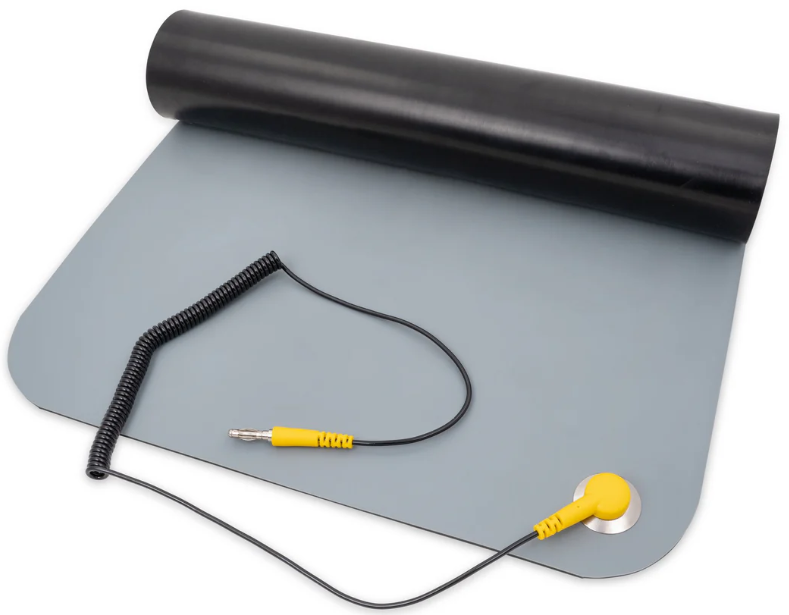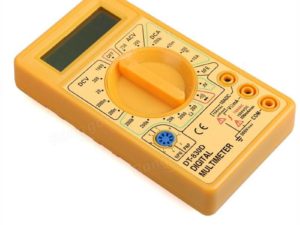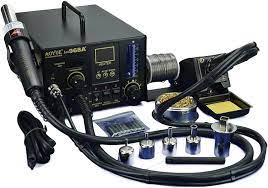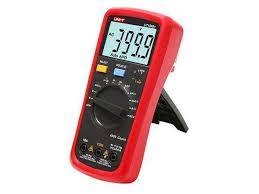Description
An ESD Anti-Static Mat is a special type of mat designed to prevent the buildup of static electricity, which can damage sensitive electronic components. These mats are commonly used in industries like electronics manufacturing, repair, and laboratory work, where the handling of computer components, circuit boards, and other electronic devices is frequent.
Here are some key features and uses of an ESD Anti-Static Mat:
-
Prevents Electrostatic Discharge (ESD): The primary function of an ESD mat is to safely dissipate any static charge that may accumulate on electronic components during handling, thus preventing electrostatic discharge that could potentially damage delicate equipment.
-
Conductive Surface: ESD mats typically have a conductive or dissipative surface. The materials are designed to either drain or redirect static electricity away from components or users to a grounded point.
-
Grounding: To work effectively, an ESD mat should be grounded, typically through a connection to a grounded wrist strap, workbench, or grounding point. This ensures that static electricity is safely discharged.
-
Materials: These mats are often made from materials like rubber, vinyl, or PVC, which offer durability and resistance to wear while maintaining anti-static properties.
-
Common Uses:
- Electronics assembly and repair: Protects against static buildup when working with circuit boards and other sensitive electronic components.
- Computer repair: Ensures no static damage occurs when handling internal components like hard drives, RAM, or graphics cards.
- Laboratories and testing environments: Helps maintain the integrity of sensitive devices in scientific and industrial settings.
-
Sizes and Thickness: ESD mats come in various sizes and thicknesses to accommodate different workspaces. They can be cut to fit your workspace as needed.







Reviews
There are no reviews yet.